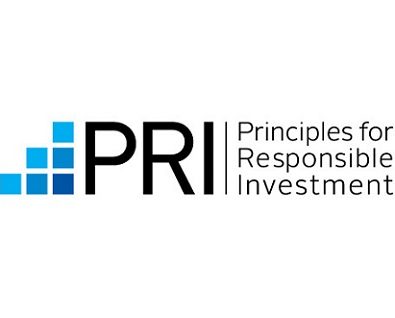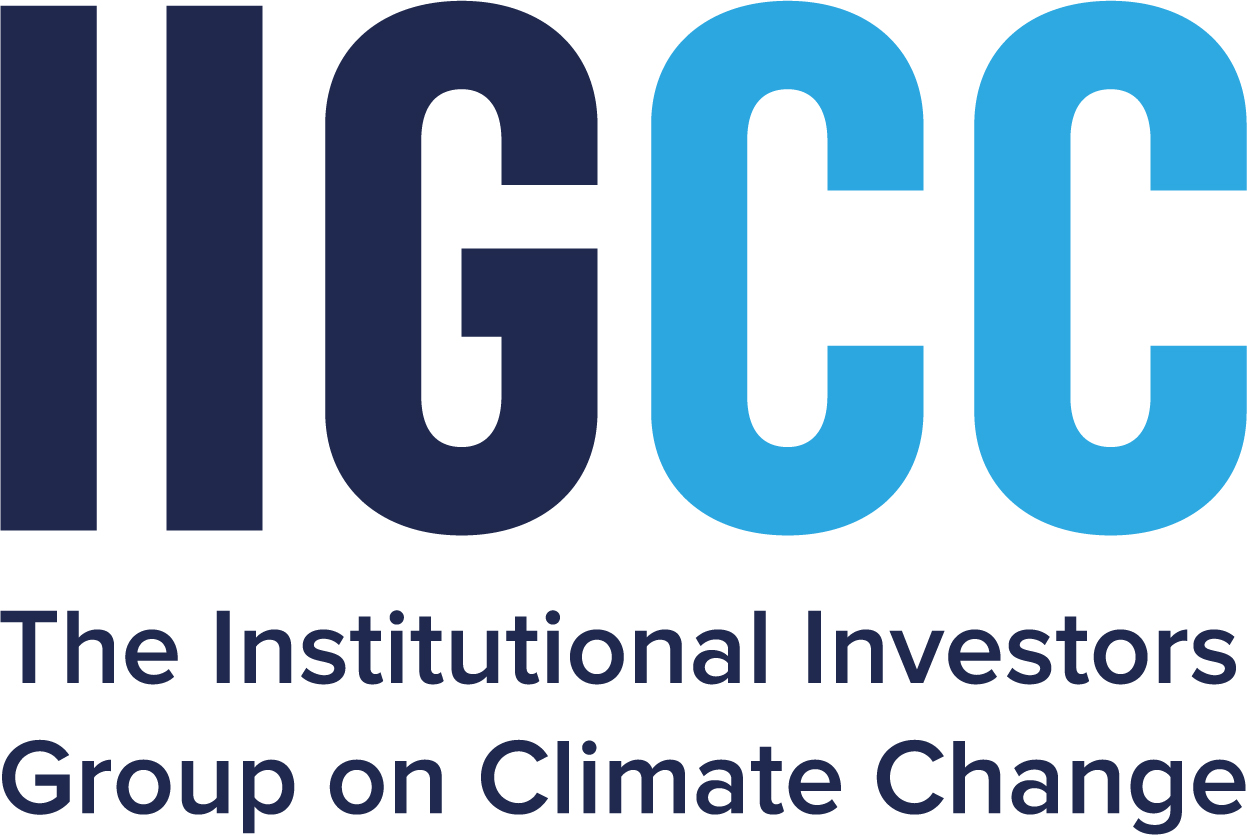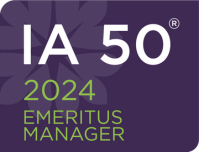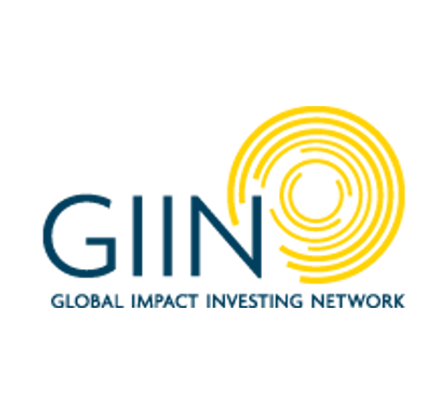Whether or not you can imagine people across the planet chowing down on veggie burgers and “clean” chicken nuggets, this does raise an important point: The future of food is not just about suburban American moms who want their kids to eat pesticide-free carrot sticks or urban hipsters who will pay through the nose for locally raised, organically fed, free-range duck. It’s about feeding a global population expected to top 9 billion by 2050 without destroying the planet that sustains us.
{…}
It’s also financially smart. With an annual investment of $320 billion in sustainable business models by 2030, the food and agriculture industry could reap $2.3 trillion a year, a 2016 report from the Business & Sustainable Development Commission (BSDC) estimates. That represents a seven-fold return on investment and could create more than 80 million jobs.
“We’ve been watching food and ag for quite some time,” says Nancy Pfund, founder and managing partner of DBL Partners, an impact-focused venture capital firm best known for its clean tech investments in the likes of SolarCity and Tesla.
With its third fund, a $400 million vehicle that closed in 2015, DBL has invested in Apeel Sciences, which creates products from plant extracts that allow growers to reduce their reliance on pesticides, increase produce quality and extend shelf life, thereby reducing food waste.
The firm has also expanded its position in the Farmers Business Network (FBN), an analytics company that provides farmers with data that helps them track and reduce the use of chemicals, water and energy. Pfund believes this type of technology will produce change on a larger scale because mainstream mega-agriculture is where the numbers are.
“To move the mega-beast, you’ve got to do it through this data-based approach,” she says. “It eliminates the opaque nature of the industry and reveals that you can get good [crop] yields without using so much of this stuff, and, if you can show that to buyers, you’ll be able to command better pricing as consumers increasingly care more about this. It’s a very nice marriage of demand pull and technology push.”
Some U.S. farmers, also seeing the potential of a growing marketplace, have begun changing to organic practices, but the numbers for certified organic farms remain tiny, less than 1% for most U.S. crops. Still, more than 4 million acres of U.S. farmland are now devoted to organic agriculture, according to a 2016 report from the market research firm Mercaris, a record that marks an 11% increase over 2014. The number of certified organic farms is close to 15,000, rising more than 6% since 2014.
To read the full article, please visit Private Wealth











